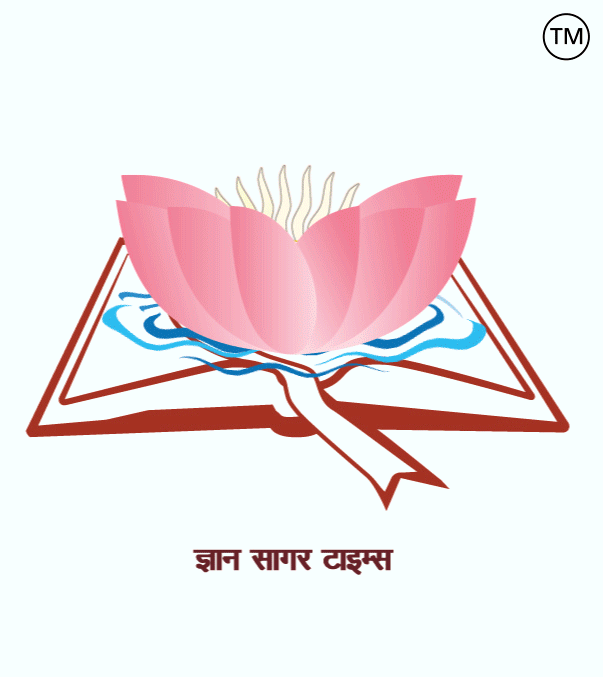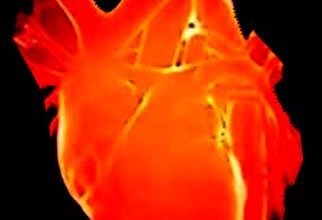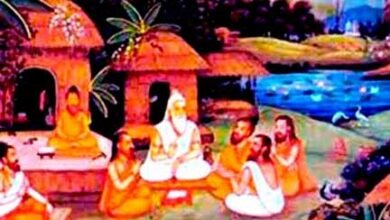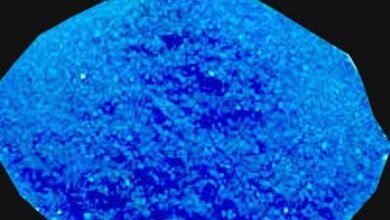
भूगोल से संबंधित-95
| 1. What else is a galaxy called? = Mandakini.
2. The thin layer separating the troposphere and the stratosphere is called? = perturbation Limit. 3. Which planet has the value of day and the inclination of its axis equal to that of Earth? = Mars. 4. What name is the Sun constantly radiating heat in space? = Solar Radiation. 5. What is the solar radiation that reaches the earth called? = Sunlight. 6. The process of heating a substance directly by the transmission of heat waves is called? = Radiation. 7. What is the angular distance between two latitudes on Earth called? = Longitude Lines. 8. What is the angular distance of a given place north or south from the equator called? = Latitude Lines. 9. What is an example of a great circle? = Equator. 10. What are the imaginary lines parallel to the equator called? = Latitude Lines. 11. Which date are day and night equal? = March 21, September 23. 12. How many layers is the Earth’s interior divided? = Three (Crust, Mantle and Core). 13. What else is the mantle called? = Limit (Sima). 14.What type of rocks are found in the Earth’s crust? = Sedimentary and Granite rock. 15. The oldest mountain range of India is? = Aravalli Mountains. 16. Which region is known as the lifeless region of Asia? = Pamir Region. 17.What is the largest plateau in the world in terms of area? = Plateau of Tibet. 18. Which plateau is known as the ‘roof of the world’? = Pamir Plateau. 19. Most radioactive substances come from? = Granite Rock 20. Metamorphic rocks are formed from rocks due to heat, pressure, and chemical reactions. = Igneous and Sedimentary. 21. The volcanic field particularly spread out? = Fold Mountains. 22. The place inside the earth from where earthquakes originate is called? = Center of Origin. 23. The point on the ground above the center of origin is called? = Epicentre. 24. What are the types of seismic waves produced by an earthquake? = Three (P(P), S(S) and L(L) waveforms. 25. How much of the Earth’s surface is covered by water? = Two-Thirds. 26. The largest and deepest ocean on Earth is? = Pacific Ocean. 27. What is the shape of the Pacific Ocean? = Approximately Triangular. 28. Earth’s second largest ocean is? = Atlantic Ocean. 29.What is the shape of the Atlantic Ocean? = Similar to the letter ‘S’. 30.What is it called where flood water does not reach? = Bangar Ground. ====== ======= ====== ====== ====== 1. आकाशगंगा को और क्या कहते हैं? = मंदाकिनी. 2. क्षोभमंडल और समताप मंडल को अलग करने वाली पतली परत कहलाती है? = व्याकुलता सीमा. 3. किस ग्रह का दिन का मान और उसकी धुरी का झुकाव पृथ्वी के बराबर है? = मंगल. 4. सूर्य किस नाम से अंतरिक्ष में लगातार ऊष्मा विकीर्ण कर रहा है? = सौर विकिरण. 5. पृथ्वी तक पहुँचने वाले सौर विकिरण को क्या कहते हैं? = सूरज की रोशनी. 6. ऊष्मा तरंगों के संचरण द्वारा किसी पदार्थ को सीधे गर्म करने की प्रक्रिया कहलाती है? = विकिरण. 7. पृथ्वी पर दो अक्षांशों के बीच की कोणीय दूरी को क्या कहते हैं? = देशांतर रेखाएँ. 8. भूमध्य रेखा से उत्तर या दक्षिण की कोणीय दूरी को क्या कहते हैं? = अक्षांश रेखाएँ. 9. एक महान वृत्त का उदाहरण क्या है? = भूमध्य रेखा. 10. भूमध्य रेखा के समानांतर काल्पनिक रेखाएँ क्या कहलाती हैं? = अक्षांश रेखाएँ. 11. किस तारीख को दिन और रात बराबर होते हैं? = 21 मार्च, 23 सितंबर. 12. पृथ्वी के आंतरिक भाग को कितनी परतों में बांटा गया है? = तीन (क्रस्ट, मेंटल और कोर). 13. मेंटल को और क्या कहा जाता है? = सीमा (सीमा). 14. पृथ्वी की पपड़ी में किस प्रकार की चट्टानें पाई जाती हैं? = तलछटी और ग्रेनाइट चट्टान. 15. भारत की सबसे पुरानी पर्वत श्रृंखला है? = अरावली पर्वत. 16. एशिया के निर्जीव क्षेत्र के रूप में किस क्षेत्र को जाना जाता है? = पामीर क्षेत्र. 17. क्षेत्रफल की दृष्टि से विश्व का सबसे बड़ा पठार कौन सा है? = तिब्बत का पठार. 18. किस पठार को ‘विश्व की छत’ के रूप में जाना जाता है? = पामीर पठार. 19. अधिकांश रेडियोधर्मी पदार्थ कहाँ से आते हैं? = ग्रेनाइट चट्टान. 20. गर्मी, दबाव और रासायनिक प्रतिक्रियाओं के कारण चट्टानों से रूपांतरित चट्टानें बनती हैं. = आग्नेय और अवसादी. 21. ज्वालामुखी क्षेत्र विशेष रूप से फैला हुआ है? = वलित पर्वतों. 22. पृथ्वी के अन्दर का वह स्थान जहाँ से भूकम्प उत्पन्न होते हैं, कहलाते हैं? = उत्पत्ति का केंद्र. 23. उद्गम केंद्र के ऊपर की जमीन पर स्थित बिंदु को क्या कहा जाता है? = उपकेंद्र. 24. भूकंप से उत्पन्न होने वाली भूकंपीय तरंगें कितने प्रकार की होती हैं? = तीन (पी (पी), एस (एस) और एल (एल) तरंग. 25. पृथ्वी की सतह का कितना भाग पानी से ढका है? = दो तिहाई. 26. पृथ्वी पर सबसे बड़ा और गहरा महासागर है? = प्रशांत महासागर. 27. प्रशांत महासागर की आकृति कैसी है? = लगभग त्रिकोणीय. 28. पृथ्वी का दूसरा सबसे बड़ा महासागर है? = अटलांटिक महासागर. 29. अटलांटिक महासागर की आकृति कैसी है? = ‘एस‘ अक्षर के समान. 30. जहां बाढ़ का पानी नहीं पहुंचता उसे क्या कहते हैं? = बांगर मैदान.
|





